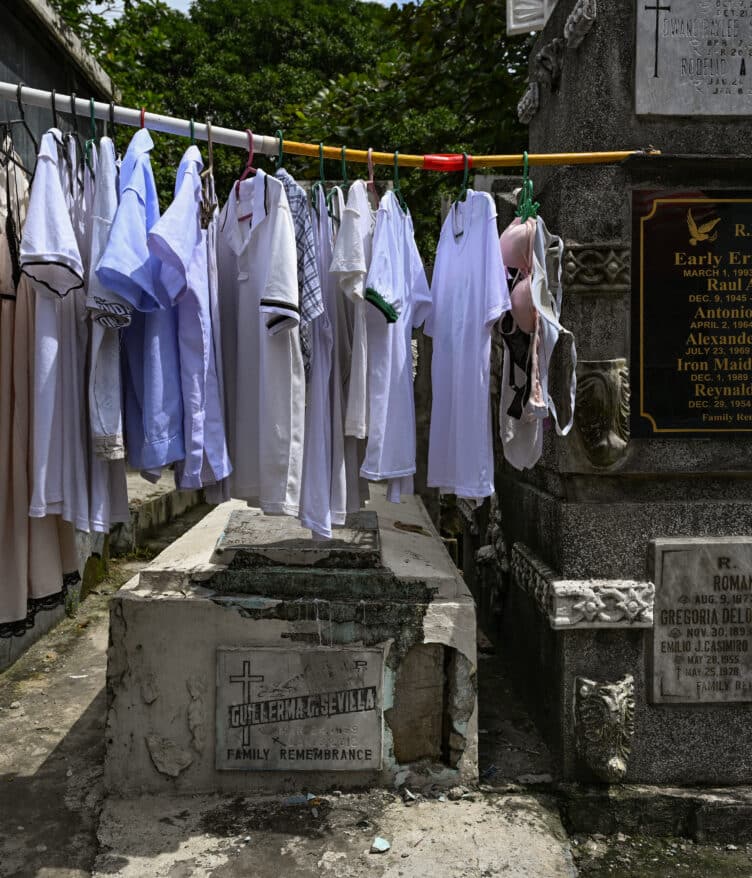WITH the 2025 National and Local Elections (NLE) just a few days away, the Commission on Elections (Comelec) and other relevant organizations have begun to monitor electoral hotspots.
As seen by how proactive Filipinos have grown in expressing their political hopes for the country, it is safe to conclude that elections in the Philippines have become the cornerstone of its democratic system.
While the right to vote is extensively exercised, particularly among the youth, certain sections of the country continue to be plagued by violence, intimidation, and electoral fraud—also known as election hotspots.
These hotspots, euphemistically referred to as “areas of concern,” have a history of political turmoil, rebellion, and dynastic rivalry.
Category Description
According to the Philippine National Agency, provinces and municipalities are classified into four colors: green, yellow, orang, and red. This specifies the amount of security required within a specific location.
Green is designated for locations that are normally quiet and have no security issues on election day, whereas yellow is assigned to areas having a history of election-related violence.
Orange zones are designated for areas with substantial armed threats or those that meet at least two of the yellow criteria. The color red signifies that a region is under serious armed danger and has a history of electoral-related events.
2025 Election Hotspots
According to Comelec data on March election hotspots, 36 places are classified as red, including 30 provinces from the Bangsamoro Autonomous Region in Muslim Mindanao (BARMM):
• Lanao del Sur: Balindong Watu, Bayang, Binidayan, Buadiposo Buntong, Butig, Lumbaca-Unayan, Marantao, Maguing, Malabang, Marawi City, Marogong, Masiu, Mulondo, Piagapo, Pualas, Saguiaran, Sultan Domalondong, Tamparan, Tubaran, and
Tugaya
• Maguindanao del Sur: Bulan, Datu Paglas, Datu Piang, Datu Salibo, Datu Saudi Ampatuan, Mamasapano, Rajah Buayan, South Upi, and Sultan sa Borongis Lambayong
• Al Barka, Basilan
• Maconacon, Isabela
• Baleno, Masbate
• Guihulngan City and La Libertad, Negros Oriental
• Santa Margarita, Western Samar
• Nunungan, Lanao del Norte
Meanwhile, 156 places are classified as orange, including Cagayan, Isabela, Oriental Mindoro, Occidental Mindoro, Albay, Camarines Sur and Norte, Masbate, Iloilo, Leyte, Northern Samar, Sulu, Bukidnon, the Caraga region, and other areas in BARMM. There are around 194 yellow areas and 1,256 green areas.
PNP on Standby
Meanwhile, the Philippine National Police (PNP) will issue a full alert on Saturday to ensure a peaceful and orderly election on May 12. Under that status, police officers are not permitted to take leave to maintain adequate deployment in communities.
“Lahat kami kasama kami magbabantay kaya nga sabi ko nga eh yung mga lahat ng mga pulis during the election as much as possible, dapat nandun na kayo sa early voting,” Chief of the Philippine National Police Rommel Marbil said.
“Lahat ng trabaho natin by election nandun, lahat ng pulis magagamit yun ang kagustuhan namin. We will make sure this is the safest election,” he added during the PNP’s launch of its Joint Anti-Fake News Action Committee (JAFNAC) held at Camp Crame on Friday.
While certain regions have witnessed a decrease in violence, others remain persistently deadly. The PNP would face a hard task in ensuring that the 68,431,965 registered voters remain present throughout the election period.
How useful was this post?
Click on a star to rate it!
Average rating 0 / 5. Vote count: 0
No votes so far! Be the first to rate this post.
We are sorry that this post was not useful for you!
Let us improve this post!
Tell us how we can improve this post?








